· Nearly any system near equilibrium can be approximated as a H.O.
· One of a handful of problems that can be solved exactly in quantum mechanics
examples
 |
Classical H.O.
 |
Hooke’s Law: ![]()
(restoring force)

Solve diff. eq.: General solutions are sin and cos functions

or can also write as
![]()
where A and B or C and f are determined by the initial conditions.
e.g. ![]()
spring is stretched to position x0 and released at time t = 0.
Then


So ![]()
Spring
oscillates with frequency 
and maximum
displacement ![]() from equilibrium
from equilibrium
Energy of H.O.
Kinetic energy º K

Potential energy º U

Total energy = K + U = E


 |
|
 |
Most real systems near equilibrium can be approximated as H.O.
 |
e.g. Diatomic molecular bond
 |

Redefine ![]() and
and
![]()

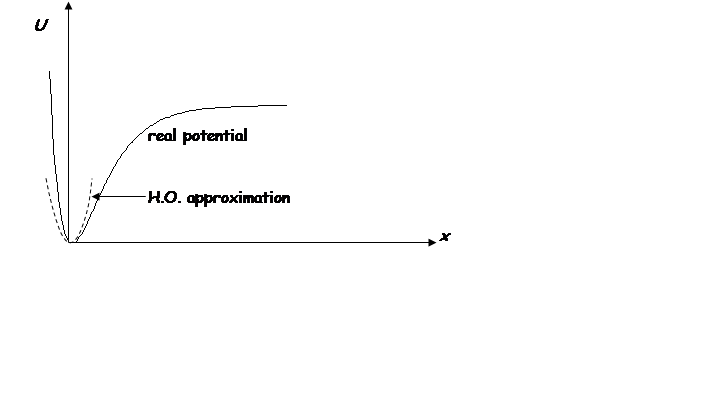 |
At eq. 
For small
deviations from eq. ![]()
\ 
 Total energy of molecule in 1D
Total energy of molecule in 1D
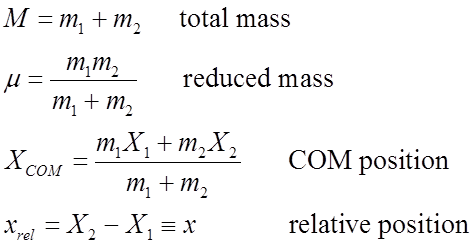



COM coordinate describes translational motion of the molecule

QM description would be free particle or PIB with mass M
We’ll concentrate on relative motion (describes vibration)

and solve this problem quantum mechanically.

K U
 |
Note: replace m with m (reduced mass) if
Goal: Find eigenvalues En and eigenfunctions yn(x)
Rewrite as:

This is not a constant, as it was for P-I-B,
so sin and cos functions won’t work.
TRY: ![]() (gaussian
function)
(gaussian
function)

or rewriting, 
which matches our original diff. eq. if


\ 
We have found one eigenvalue and eigenfunction
Recall 
 \
\ 
This turns out to be the lowest energy: the “ground” state
For the wavefunction, we need to normalize:
![]() where
N is the normalization constant
where
N is the normalization constant

![]()
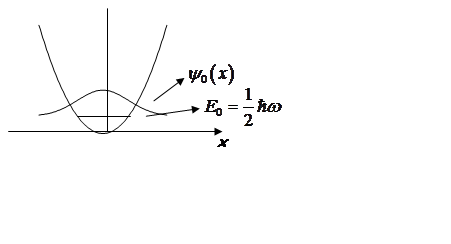 |

\ 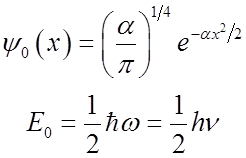
Note ![]() is
symmetric. It is an even function:
is
symmetric. It is an even function: ![]()
There are no nodes, & the most likely value for the oscillator displacement is 0.
So far we have just one eigenvalue and eigenstate. What about the others?
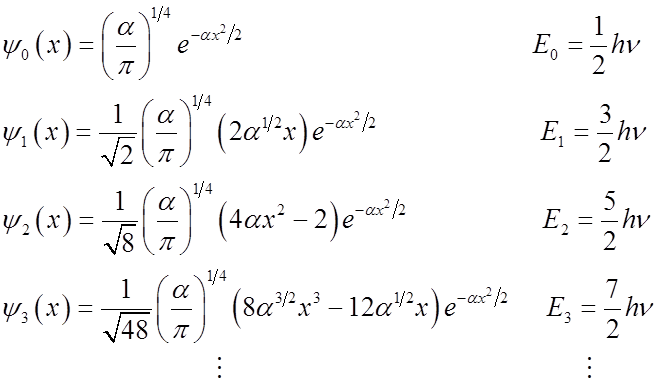
with 
These have the general form

![]() Normalization Gaussian
Normalization Gaussian
Hermite polynomial
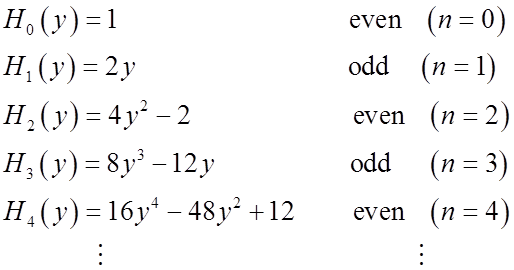
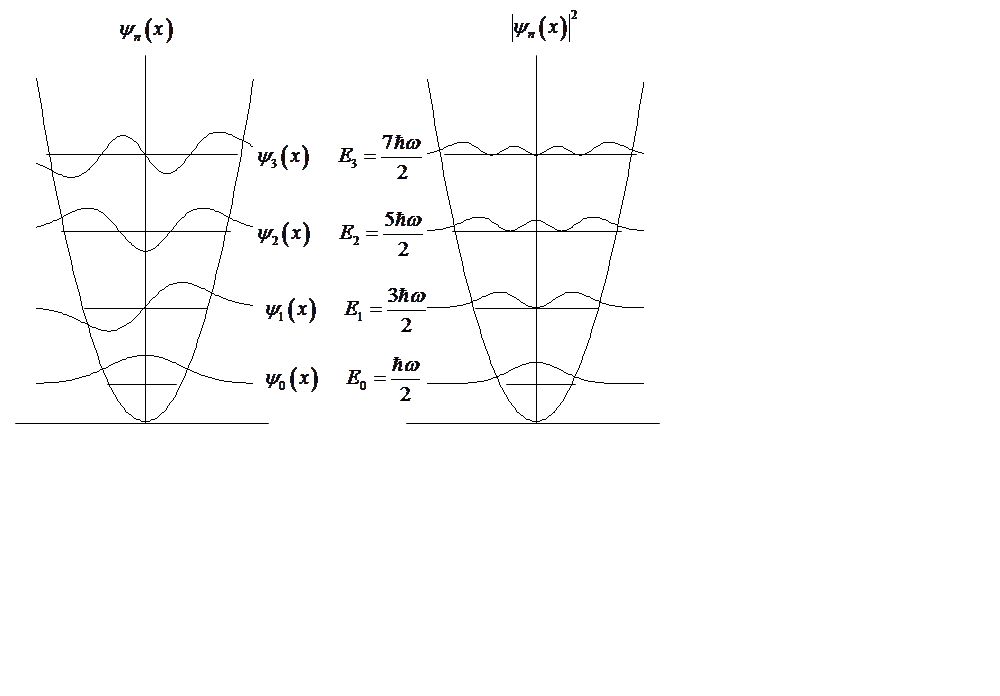 |
 Energies are
Energies are 
Note E increases linearly with n.
Þ Energy levels are evenly spaced
 regardless of n
regardless of n
There is a “zero-point” energy

E = 0 is not allowed by the Heisenberg Uncertainty Principle.
Symmetry properties of y’s
![]() are
even functions
are
even functions ![]()
![]() are
even functions
are
even functions ![]()
Useful properties: (even) ×(even) = even
(odd) ×(odd) = even
(odd) ×(even) = odd
Уважаемый посетитель!
Чтобы распечатать файл, скачайте его (в формате Word).
Ссылка на скачивание - внизу страницы.